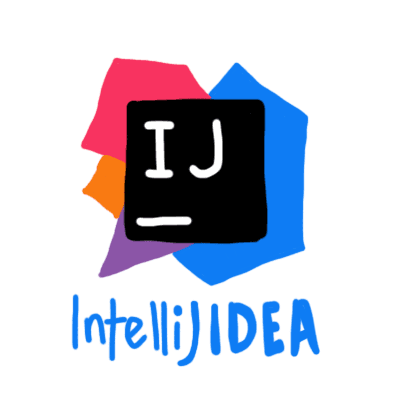/ PHPStorm settings GitLab. この記事では「 まだ使ってないの!?PhpStormとは? 導入メリット・価格・インストール 」といった内容について、誰でも理解できるように解説します。この記事を読めば、あなたの悩みが解決するだけじゃなく、新たな気付きも発見できることでしょう。お悩みの方はぜひご一読ください。. There is a suspicion that gitlab has stopped working due to a change in authorization on github through a token. Vlc media player 1.0 2. Wandering trader. But to add a setting for gitlab, like github in phpstorm is impossible. Is there a way to make gitlab work in phpstorm without using ssh?
Set passwords for Git remotes
Every time you interact with a remote Git repository (for example, during a pull, update, or push operation), it requires authorization. You can configure PhpStorm to remember your passwords so that you do not have to specify your credentials each time authorization is required.
Configure a password policy
In the Settings/Preferences dialog Ctrl+Alt+S, select Appearance and Behavior | System Settings | Passwords on the left.
Select how you want PhpStorm to process passwords for Git remote repositories:
In native Keychain: select this option to use native Keychain to store your passwords. This setting is only available for MacOS and Linux.
In KeePass: select this option to use the KeePass password manager to store your passwords. When you use the KeePass password manager, a master password will be used to access the file that stores individual passwords. Once PhpStorm remembers your passwords, it will not ask for them unless you need to access the passwords database. Enter the password that will be used to access the c.kdbx file in the MasterPassword field.
You can change the default location of the c.kdbx file in the Database field.
To import a c.kdbx file, click and select Import from the drop-down menu, or click and specify the path to a local file containing your passwords.
If you want to remove the existing passwords from the database, select Clear.
Do not save, forget passwords after restart: select this option if you want your passwords to be reset after you close PhpStorm.
Phpstorm Gitlab Integration
We’re excited to announce that GitLive now integrates with your self-hosted GitLab instance! The integration works in much the same way as our Azure, Bitbucket, GitHub and GitLab cloud integrations.
Note that your instance will need to be accessible from the internet in order for the integration to work correctly.
Installation process
The first step is to install the latest GitLive VS Code extension or JetBrains plugin. Once installed, open a cloned repository from your self-hosted GitLab instance and you will see the following prompt in the GitLive window: Workspace citrix download.
| JetBrains | VS Code |
|---|

After clicking on “Configure new GitLab server”, follow the setup instructions. You’ll start by adding a new OAuth 2.0 application in GitLab, this will allow you to set the right scopes, and get the GitLab Application ID and Secret, which are needed in GitLive.
When adding a new application, it’s important to make sure that you are selecting the correct options, as specified in the instructions.
The next step is to authenticate and install your newly created GitLab application on the group of your choice.
Finally, you will see a screen showing you that GitLive has been installed successfully, with the option to connect your issue tracker to enable our issue tracking integration.

Phpstorm Key
Please let us know what you think about our GitLab integration in the comments. We want to hear how we can make GitLive better for you!
